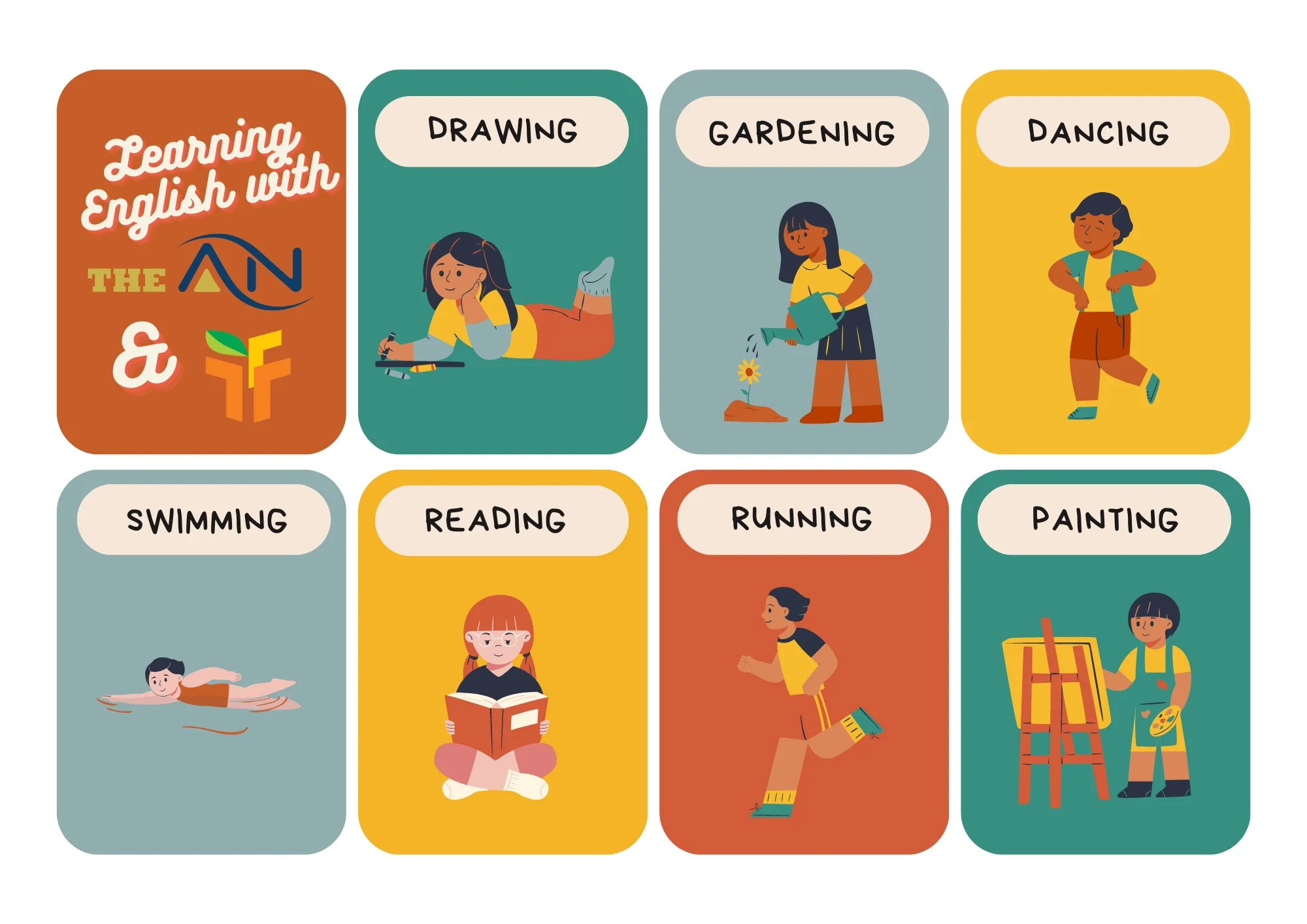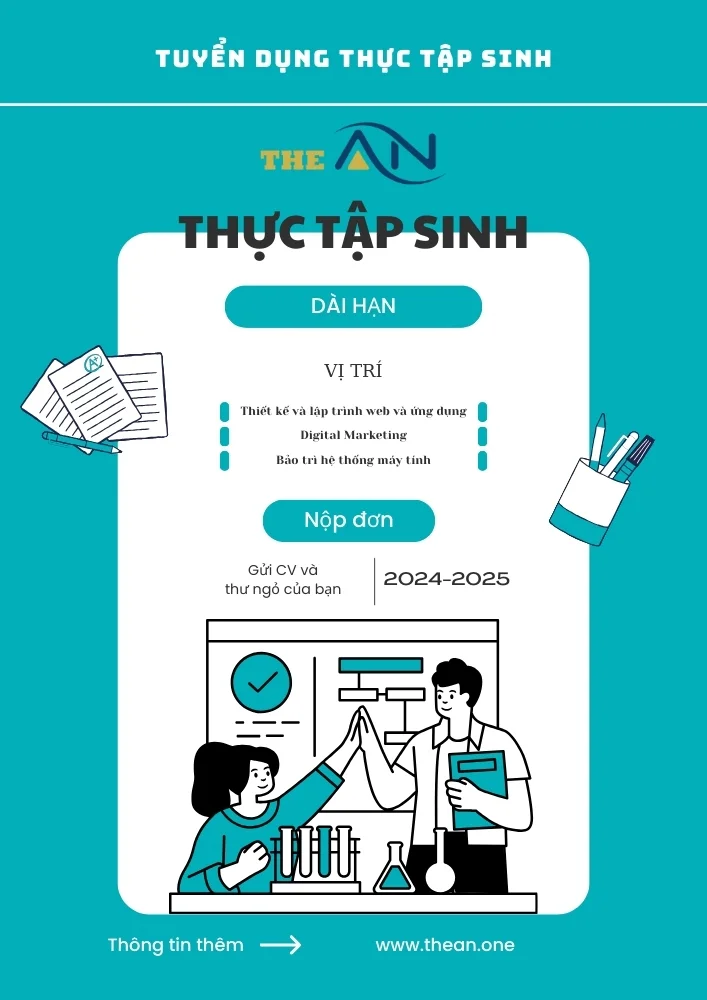Adjective – Definition, List, Types, Uses and Examples

When we discuss Adjectives, it means those words which well describe a Noun or a Place, Person, Thing, or Idea. An adjective is the only word that can create a major difference between the two. In other words, it gives all information about a Place, Person, Thing or Idea. So, we can also say that some Adjectives tell the qualities of a Noun, while some classify a Noun.
Let’s discuss this topic in detail and also bookmark it to get back to the article whenever we want to revise these concepts.
What Is an Adjective:
A word that modifies a noun or a pronoun is an adjective. Generally, an adjective’s function is to further define and quantify a noun or pronoun. In other words, we can say that a noun or pronoun that serves as the subject of a sentence can be described or given additional information using an adjective. Adjectives are found before the noun they modify as well as after the verb they modify.
Examples of Adjectives:
The following are the examples of Adjective
- He wore a beautiful suit.
- A wooden car.
- I like that really big, old, green antique bike that is parked here.
- Ashwani is taller than Barsha.
- Rohit is a part-time worker.
List of Adjectives
The following is the list of adjectives:
beautiful, sleeveless, edible, meaningless, beautiful, adorable, gorgeous, breakable, homeless, big, old, green, antique, more intelligent, prettiest, worse, aggressive. agreeable, ambitious, brave, calm, delightful, eager, faithful, glamorous, gorgeous, handsome, long, magnificent, muscular, plain, plump, quaint, scruffy, shapely, short, skinny, stocky, ugly, unkempt, unsightly etc.
Uses of Adjectives
It’s well-known that adjectives make your writing and voice sound extremely flowery. It helps make it more descriptive and provides your readers and listeners with a visual delight. The use of too many adjectives, however, can make something appear or sound hazy and confusing. This would simply cause people to misunderstand what you were saying. A skill you should learn is knowing when, where, and how to apply adjectives.
To understand better you must have to understand the order of adjectives.
Now the new question over here is what is the ORDER OF ADJECTIVE?
The English language allows speakers the freedom to describe anything they can see with their five senses using a variety of adjectives. However, there is a specific order in which you should apply these adjectives and that particular order is known as the Order of Adjective.
The first component should be “DETERMINER” followed by Quantity then followed by Opinion then Size, Age, shape, colour, origin, material, purpose, and Then noun.
For Example:
I like that really big, old, green antique bike that is parked here.
Size – big, age-old, colour – green.
Examples of Adjectives in a Sentence
Here are some examples which help you to understand better:
- A wonderful old Indian car. [opinion – age – origin]
- Your brother has a beautiful big white car. [quality – size – colour]
- A big round red glass. [size – shape – colour]
- This is your medium new red sleeping kit. [size – age – colour – purpose]
Types of Adjectives
There are mainly four types of Adjectives:
- Possessive Adjectives
- Interrogative Adjectives
- Demonstrative Adjectives
- Compound Adjectives
| Types | Definition | Adjectives | Examples |
|---|---|---|---|
| Possessive Adjective | Possessive adjectives include any words that express someone’s ownership or possession of something. | My, your, his etc | Shivam is my brother |
| Interrogative Adjective | An interrogative adjective is a word, such as “whose,” “what,” or “which,” used to modify a noun or pronoun by posing a query. | what, when, where, why, which, how etc. | Which novel did you read recently? |
| Adjective Demonstrative | A demonstrative adjective, as its name suggests, is an adjective that can be used to define someone or something’s position directly. | this’, ‘that’, ‘these’ ‘those’ etc. | The ambience of my office is chilling. |
| Compound Adjective | When two or more words are combined, the result is a compound adjective that can serve as an adjective in a phrase. A noun, a present participle, or a past participle can be combined with an adjective to create a compound adjective. | four-foot, part-time, all-too-common, green-eyed, cold-blooded, man-eating, well-behaved. | Rohit is a part-time worker. |
How To Identify Adjectives in a Sentence
The following are the ways by which you can identify the adjectives in a sentence.
- Look for a term that describes a noun preceding it.
- Look for terms that describe a noun and come after it.
- Verify any adjectives that follow a verb.
- Watch out for comparison-making adjectives in your phrases.
- Keep an eye out for common adjective suffixes like -ful, -ish, -able, -some, -ous, -al, -ic, -less.
Adjectives vs. Adverbs
| Adjective | Adverbs |
|---|---|
| A word that modifies a noun or a pronoun is an adjective. Generally, an adjective’s function is to further define and quantify a noun or pronoun. | A word that modifies verbs, adjectives, or other adverbs is known as an adverb. It provides extra details about the sentence’s verb. Every word starts with at least one syllable. Adverbs can provide more specific information on time, method, frequency, and other topics. |
| Beautiful, sleeveless, edible, meaningless, beautiful, adorable, gorgeous, breakable, homeless, big, old, green, antique, more intelligent, prettiest, worse, aggressive, agreeable. | Fast, Hard, slowly, bravely, foolishly, wisely, loudly, soundly, badly, carefully, fluently, beautifully, clearly, Today, Tomorrow, yesterday, last night, last day, last week, Here, There, away, down, anywhere, everywhere, above, below, etc. |
|
|
Adjectives Quiz/Practice Questions on Adjective:
Choose the correct adjective
1. The Principal delivers __________ speech.
a. Colourful
b. Intelligent
c. Important
d. Shameful
Solution:
Option c will be the correct fit because Important means having great influence or very necessary as we all know principal of a school is much more powerful.
2. In the school, the Principal is _______ Teacher.
a. Superior
b. Senior to
c. Superior to
d. Senior
Solution:
As we know Principal of a school is senior to the Teacher not superior to that. Here Senior will be the correct choice.
3. My Father is rich _______ to buy a Lamborghini.
a. Enough
b. Person
c. than
d. more
Solution:
Here option a will be the correct choice because in this sentence the person has that much amount of money by which he can afford this luxury.
4. There should be _______ punishment for killers.
a. much
b. too
c. too much
d. severe
Solution:
Severe punishment will be the correct statement here. Option d will be the correct choice.
5. This is your _________ kit
a. medium red new sleeping
b. red new medium sleeping
c. medium new red sleeping
d. a red sleeping new medium
Solution:
Option c will be the correct choice because it shows the correct order of adjectives as [size – age – colour – purpose]
6. His hair is long and ________
a. good
b. shiny
c. slim
d. more
Solution:
And here connects that adjective which quantifies the same verb or noun, so shiny will be the correct fit. Hence option b will be the correct choice.
7. Tajmahal is the __________ site in Agra.
a. Amazing
b. Most amazing
c. as amazing
d. amazing enough
Solution:
As we know that the superlative degree is used to compare more than two things so Most amazing will be the correct fit for the same. Hence option b will be the correct choice.
8. Sudarshan choose the ______ suit with the trouser.
a. Black
b. Enough
c. Fair
d. Intelligent
Solution:
Black will be a good fit here. Option a will be the correct choice here.
9. A ____________ glass.
a. dwarf old red
b. old dwarf red
c. red dwarf old
d. dwarf red old
Solution:
Option a shows the correct order of the adjective as [size – age – colour]. Hence option a will be the correct choice here.
10. Your mother has a __________ scooty.
a. beautiful red big
b. red beautiful big
c. big beautiful red
d. beautiful big red
Solution:
Option d shows the correct order of adjectives as [quality – size – colour]. Hence option d will be the correct choice here.
FAQ’s on Adjectives
A term that usually acts as a noun’s modifier to describe something as different from something else, to express the amount or extent of the object named, or to denote one of its qualities.
The following are examples of Adjectives:
- A wonderful old Indian car
- Your brother has a beautiful big white car.
- This is your medium new red sleeping kit.
There are three forms of Adjectives.
- Positive or Absolute Form
- Comparative Form
- Superlative Form
There are 4 types of Adjectives
- Possessive Adjectives
- Interrogative Adjectives
- Demonstrative Adjectives
- Compound Adjectives
A word that modifies a noun or a pronoun is an adjective. Generally, an adjective’s function is to further define and quantify a noun or pronoun on the other hand “a word that modifies verbs, adjectives, or other adverbs is known as an adverb. It provides extra details about the sentence’s verb. Every word starts with at least one syllable. Adverbs can provide more specific information on time, method, frequency, and other topics.
Adjectives modify Nouns and Pronouns.
Adjective grammar covers how words that describe nouns are used in language. They typically come before nouns, can be compared (positive, comparative, superlative), follow a specific order, and may be preceded by articles like “a,” “an,” or “the.” Adjective grammar ensures clear and descriptive language use.
A superlative adjective expresses the highest degree of a quality among three or more things. It’s formed by adding “-est” or using “most” before the adjective, indicating the utmost level of that quality. For example, “tallest” in “the tallest building” means it’s the tallest among all buildings.
Irregular comparatives and superlatives are forms of adjectives that do not follow the standard pattern of adding “-er” for the comparative and “-est” for the superlative. Instead, they change in unique ways to indicate a higher degree of a quality. These irregular forms often need to be memorized because they don’t adhere to the regular rules.
Examples:
1. Good: Comparative – Better, Superlative – Best
=> Example: She is a better singer than her sister, and she is the best in the choir.
2. Bad: Comparative – Worse, Superlative – Worst
=> Example: The weather today is worse than yesterday, and it’s the worst we’ve had all year.
3. Far: Comparative – Farther (referring to physical distance), Further (referring to metaphorical distance), Superlative – Farthest (physical), Furthest (metaphorical)
=> Example: The airport is farther from here than I thought, and it’s the farthest airport I’ve been to.
4. Little: Comparative – Less, Superlative – Least
=> Example: She has less experience than her colleague, who has the least experience on the team.
The comparative form of “less” is used to compare two things and indicates a smaller amount or degree. The superlative form of “less” is used to compare three or more things and indicates the smallest amount or degree among them.
- Comparative: Less. => Example: She has less money than her friend.
- Superlative: Least => Example: Among the three candidates, she has the least experience.
In both cases, “less” and “least” are used to indicate a lower or minimal degree or quantity in comparison to others.
Quý anh/chị đang tìm kiếm một doanh nghiệp uy tín cung cấp dịch vụ Công Nghệ Thông Tin như Thiết kế và lập trình website, Digital Marketing, hoặc dịch vụ Bảo trì và chăm sóc hệ thống máy tính, ...? Đừng ngần ngại hãy liên hệ với The ÂN qua số điện thoại (+84).326.418.478 để được tư vấn cụ thể, hoặc liên hệ qua mẫu tin.
Các thông tin nổi bật khác:









